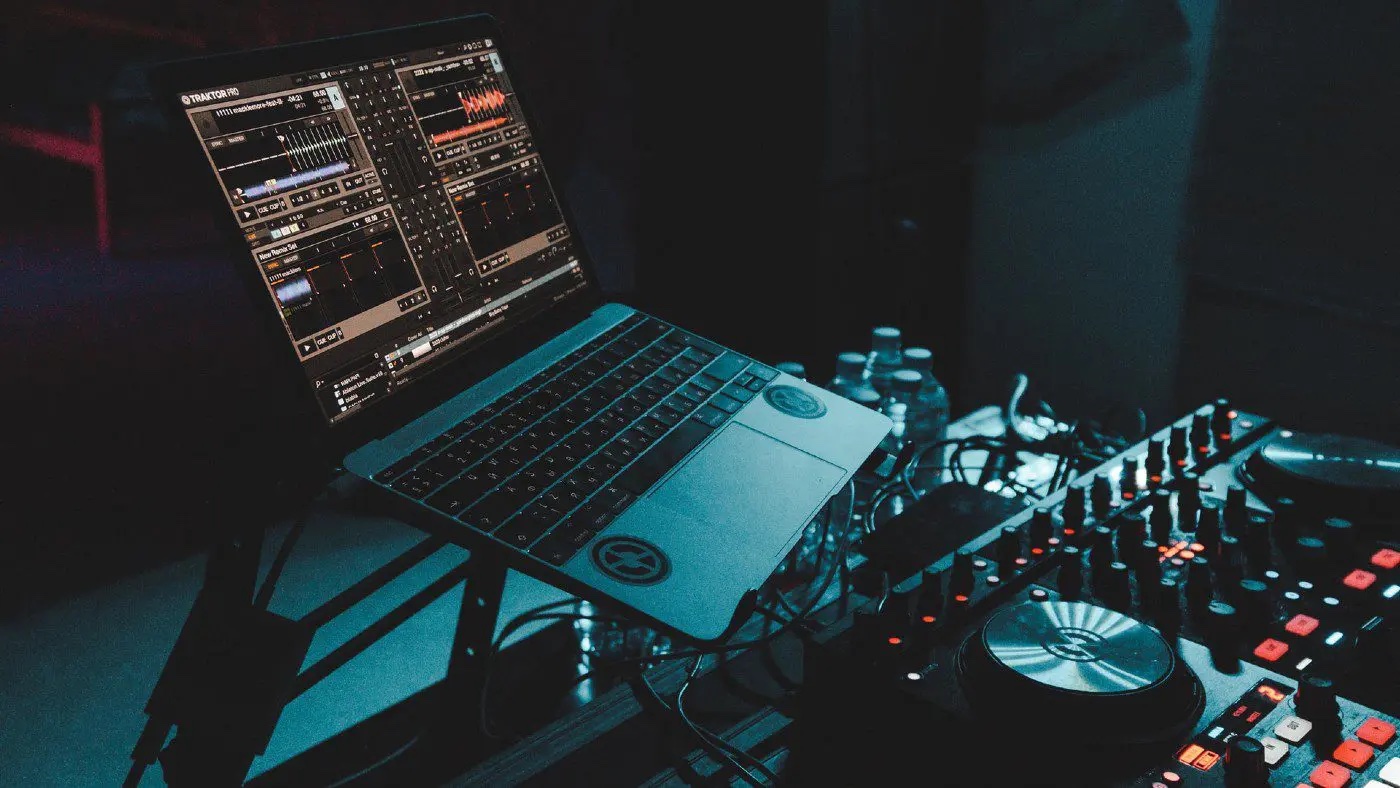But before you can start making and producing music, there are a few basic steps you should know about first.
While some of these might not seem worth repeating to a veteran producer, the music world has changed in recent years, so any beginners will need to know the process.
Pick Up the Equipment You’ll Need
The first step is to pick up the tools of the trade. You can’t just sit down and “start making music,” right? If you’re producing music with a band, that’s a good start. Hopefully, they have their instruments already. But you can’t stop at the instruments.
You can’t stop at a laptop, USB mic, and your old earphones. You’ll need to get some better hardware if you want to create the best music.
One essential tool is the studio monitor. These professional speaker systems are designed to give you the most accurate representation of what your music sounds like without any outside interference.
But what makes a good studio monitor? There are some key studio monitor features you should be on the lookout for which will ultimately make or break your production experience.
Now, while you need good equipment (or rent a sound studio), you can’t spend all your money on music-making gear. Once you’ve picked up a studio monitor, audio interface, the best fuzz pedal for doom metal and a microphone that you’re comfortable with, you might want to stop buying and start producing.

Composing & Arranging
This next step is when you need to start looking for inspiration. This doesn’t have to be a complete tune from the start, but it has to be a foundation for your music, at least one song.
You can play around with chord progressions, think of some lyrics, or just tap at your piano. Anything to start with.
Having a basic grasp of music theory will make this step go smoother. Composing won’t be too difficult if you already understand the fundamentals of Rhythm, Melody, and Harmonies.
Arranging is just what it sounds like: When and where does each instrument come in? As a rule of thumb, most songs will rely on the drums or bass to set the tone, then everything else will follow.
If you’re completely new to music production, it’s a good idea to have a clear idea of which genre you’re trying to emulate. Once you’ve got the genre, look at the structure of your favorite songs from that genre.

Start Recording
Here’s when you take advantage of multitrack recording. Instead of sitting down and recording everything in a single take, you can do it part by part.
It’s common to use a metronome to set a tempo, but if you or your bandmates are having trouble following that, a few other methods are open to you.
You could use a drum loop as the basis for your song. There are samples available online for free or for a subscription fee. Don’t think of using samples as cheating, as long as you don’t copy them in full!
If the piece you have in mind doesn’t have a consistent tempo throughout, then you could also use a scratch track.
Scratch tracks serve as a practice recording, where you record one or a group of instruments playing just to get the tempo down. Once you’ve got the tempo, each instrument is re-recorded to match the song, and the older tracks are removed until you have the actual recordings.

Mixing
You could also think of this as “editing” your songs since you’re trying to balance the different tracks with each other.
With mixing, you need to make sure that everything you’ve recorded can be heard fully and clearly. It’s where those studio monitors will come in handy.
At this step, you’ll start to hear the effect of your recording room or studio. A larger recording space can make sounds linger for longer, so any individual sounds might start cutting into each other.
Unless you want to hear the different parts blend, you’ll want to keep those sounds tighter when mixing the song.
You might also find dead air at some stages of your tracks. This is the point where you’ll need to remove them or add a loop or sound effects to fill them in. Learn more about this with Pro Sound Effects.
Mastering
This is the final step before your work’s ready for release. After listening to a track constantly, now’s the time for final touches.
In the previous step, you were pinpointing inconsistencies across separate tracks and trying to find more balance. In this step, you’ll need to listen to the entire mix as a fresh listener would.
So that means taking everything in all at once and seeing if your mixing was effective. You also have to re-record every track on the piece so that they’re all one single stereo file.

You can use a few techniques here for final touches, like focusing on loudness. Maybe it sounds like the vocals are a little muted during the chorus. If so, pump them up!
Some people see mastering as an extra. You might want to skip this step if you’re making music just for yourself. That’s not a problem.
But if you want to make your work sound like the best, it can be, or just sound more professional in general? Don’t skip the mixing.













